A Journey into the Mind and Work of Julien Creuzet
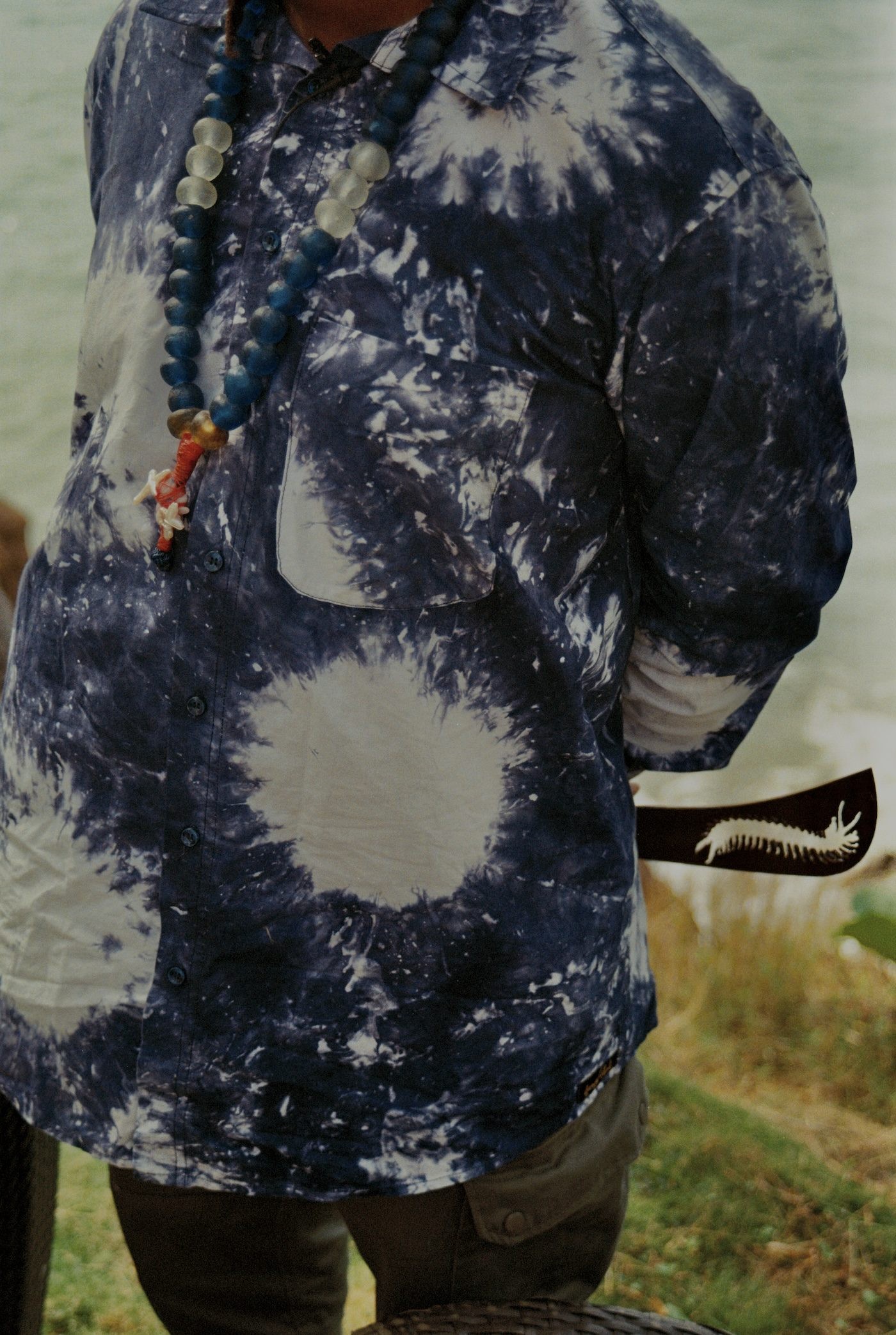
12 April 2024
Magazine C& Magazine
Words Marny Garcia Mommertz and Cristian Baena
12 min read
In this conversation, C& AL editors Marny Garcia Mommertz and Cristian Baena reflect on a recent press trip to Martinique alongside the artist and curators of the French Pavilion.
Martiniquan artist Julien Creuzet intricately blends poetry, folklore, sounds, and sculptures into immersive installations that tell stories of Black resistance across the Diaspora, the Caribbean in particular. With whispers that olfactic components will be part of his show – the French Pavilion – at the 60th Venice Biennale, as well as an extensive collaborative sound archive, anticipation has been mounting.
In this conversation, Cristian Baena and Marny Garcia Mommertz reflect on a recent press trip to Martinique alongside Creuzet and the pavilion’s curators Cindy Sissokho and Céline Kopp. The two share some of their thoughts on their encounters with the artist, his work, and the press trip. Initially they had set out to learn what had been planned for the Venice project, only to realize that for Julien Creuzet and his team, the French Pavilion for 2024 was only beginning with this trip in Martinique.
Marny Garcia Mommertz: I want to start by addressing something that happened in the days after our trip and that has been on my mind since. On 12 March, while Julien was still in Martinique, preparing for Venice with his curatorial and studio team, France announced the preparation of constitutional changes in Mayotte, one of its twelve overseas departments. These changes will see the removal of droit du sol (citizenship by birthright on French soil) to try to reduce migration to the archipelago, which is located between Madagascar and the Mozambican coast.Critics have pointed to France’s history of trying out new laws in overseas departments, and have warned of the dangerous nationalist path that lies behind the door that this constitutional change potentially opens. That discussion, taking place in a different yet related context, reflects something that was present throughout our trip: a constant wrestling between Caribbean and French identities. And what it essentially tells us is that not everyone born in French territory is French. Because some parts of France appear to not be really French.
Cristian Baena: I see the question of foreignness, which the 60th Venice Biennale’s curator Adriano Pedrosa proposes with the title Foreigners Everywhere, as a topic that has potential to open up a painful dialogue that many artists around the world seek to represent in their work. This is something that we spoke about with Julien, who is confronted with his experience as a stranger when he is called a citizen "from overseas."
MGM: This is key. He brought up the notion of overseas citizens, also referred to as “ultramarine citizens,” during the official press conference for the French Pavilion, held at Edouard Glissant’s house in Le Diamant, Martinique. He chuckled and explained that the expression “ultramarine citizen” makes him think of a Marvel character. The audience laughed. But there is tragedy and pain in his comparison: the comic-book characters are “strange” and “different” because they usually possess physical superpowers that make them nonhumans. The lands that these characters are from, France’s “ultramarine departments,” are then strange and foreign too.
CB: So many questions came up during our visit. One important one was “why was Julien selected to represent France”?
MGM: Yes, this was a very obvious question that no one dared to ask openly until the last day of our trip. We visited Campus Caribbean Des Arts, the art school where Julien had been a student for one year before deciding to leave his home in Martinique and move to France. Julien invited family, friends, students, diplomats, journalists, and teachers to ask questions. One of them was: “Why were you chosen by the jury to represent France, now that your work is increasingly rooted in Antilleanness?” The artist’s response: “I think you need to ask them [Institut Français] this question. And then also, maybe they didn’t have a choice” – alluding to the current political climate in France. It's a tricky yet intriguing question to ask when trying to understand the broader context that this pavillion is taking place in.
CB: I want to talk about something that was as telling about our trip as the surrounding politics: the feelings. Our first gathering with the group of practitioners, elders, family and journalists invited by Julien and his team took place at Cap 110 at Anse Caffard. It's a sculptural installation commemorating the abolition of enslavement. Sitting in a half-moon circle and wrapped in industrial and wave sounds, Julien announced that the days ahead would be a journey into his mind and work. I think it set the tone for what he was trying to achieve on the trip and for his approach in general: he wants us to feel his work.
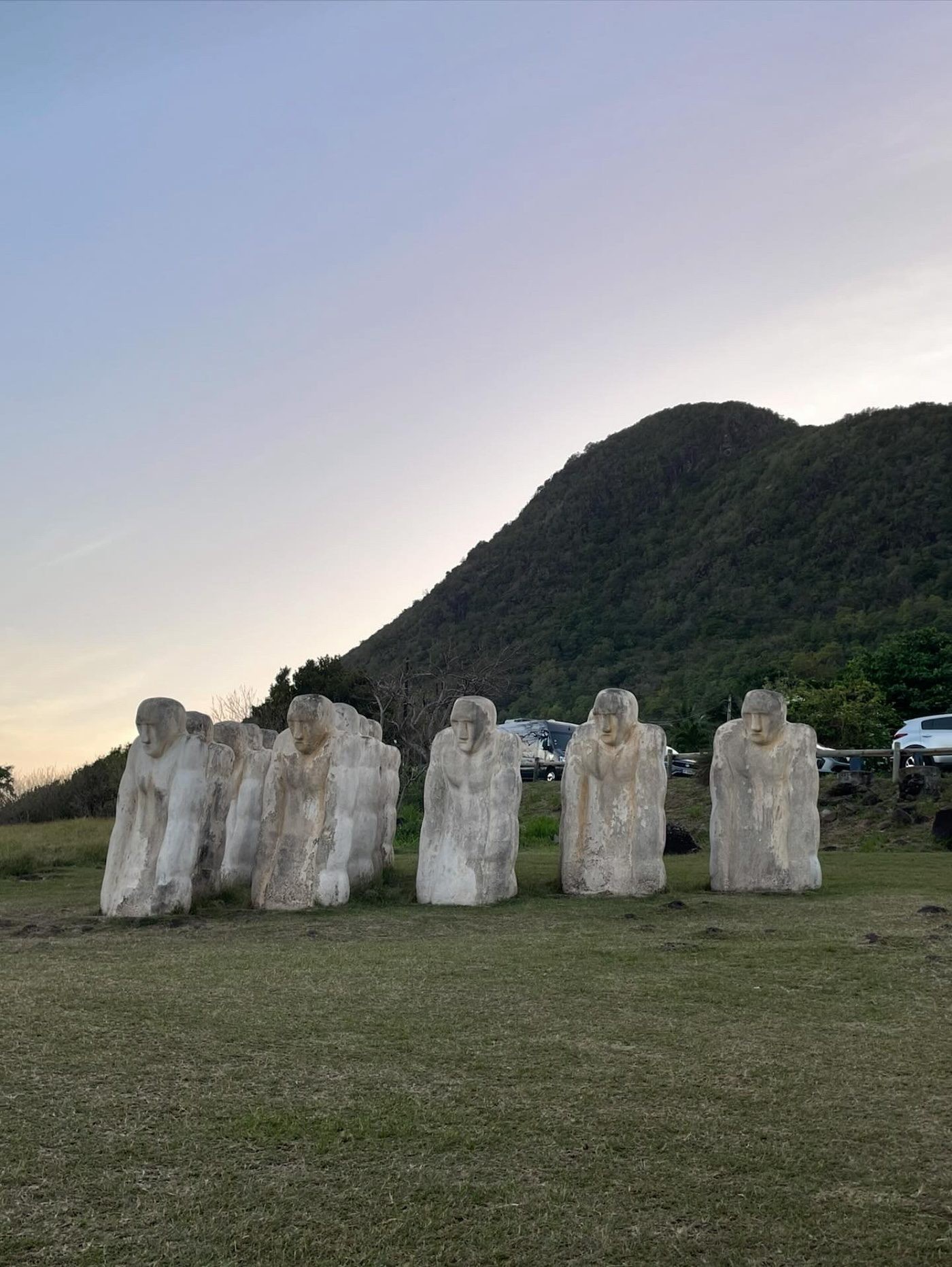
Cap 110 at Anse Caffard. Photo: Cristian Baena.
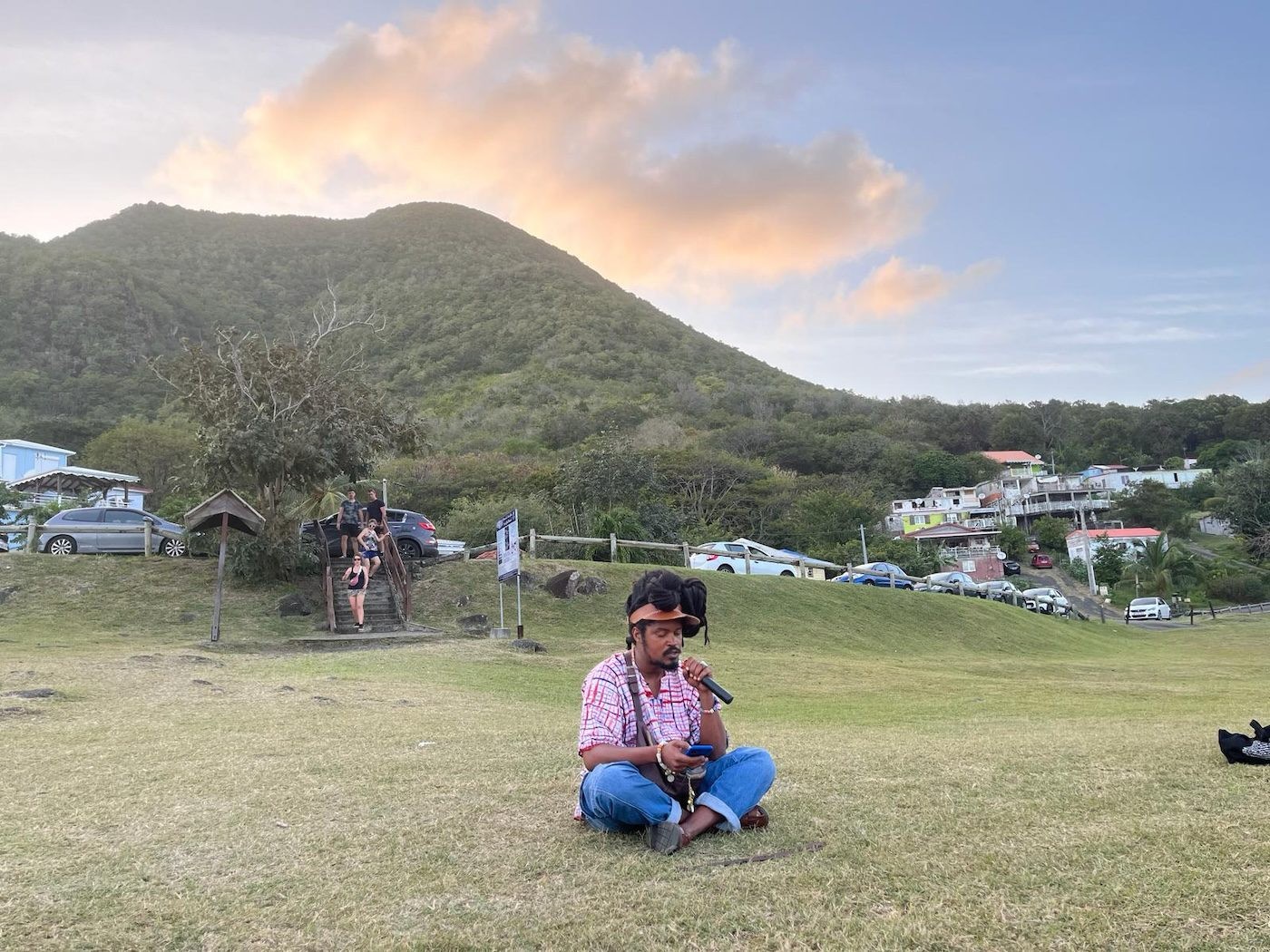
Julien Creuzet at Cap 110 during the press trip in Martinique in February 2024. Photo: Cristian Baena
MGM: Yes. Contrary to my expectations, he didn’t invite us here to talk about Venice. Instead he wanted us to experience and meet his loved ones, which includes his homeland itself. He also made this clear through simple gestures such as greeting us in Creole and inviting us to eat trompage, a traditional dish. I felt very welcomed by Julien, his family, his team and collaborators. Looking back, the trip was like a piece of art. I found myself constantly looking for clues to understand what I was seeing and living in a bigger picture, just like I do when I see a new artwork.
This reminded me of how I felt when I was first introduced to Julien’s work at the 35th São Paulo Biennial. His work soothed my nervous system. I found solace by sitting in his mixed-media installation Zumbi, Zumbi Eterno and got lost in a world of rich shades of blue, sculptures, voices, music, and movement referencing cultures from Haiti to Martinique to Bahia. The installation, which features choreography by Brazilian artist and longtime collaborator Anna Pi, deals with the practices of Haitian zombification and the Maroon leader Zumbi dos Palmares from North-East Brazil. Over one and a half hours, I observed how Julien elegantly yet decidedly evaded visitors’ questions as they attempted to push him to make meaning of his work. After a while we started to talk. It was a natural conversation without expectations, with many pauses, silences, laughter, and interruptions. What stuck with me was the generosity with which he answered my questions about his work and research, while respectfully encouraging me to make my own interpretations: he provided context as if to feed my creativity.
This is what happened in Martinique too. The difference was: we were now in the context that inspired his work and the entities providing additional context were waterfalls, poems, performances, and Julien’s loved ones and collaborators, who were there every step of the way.
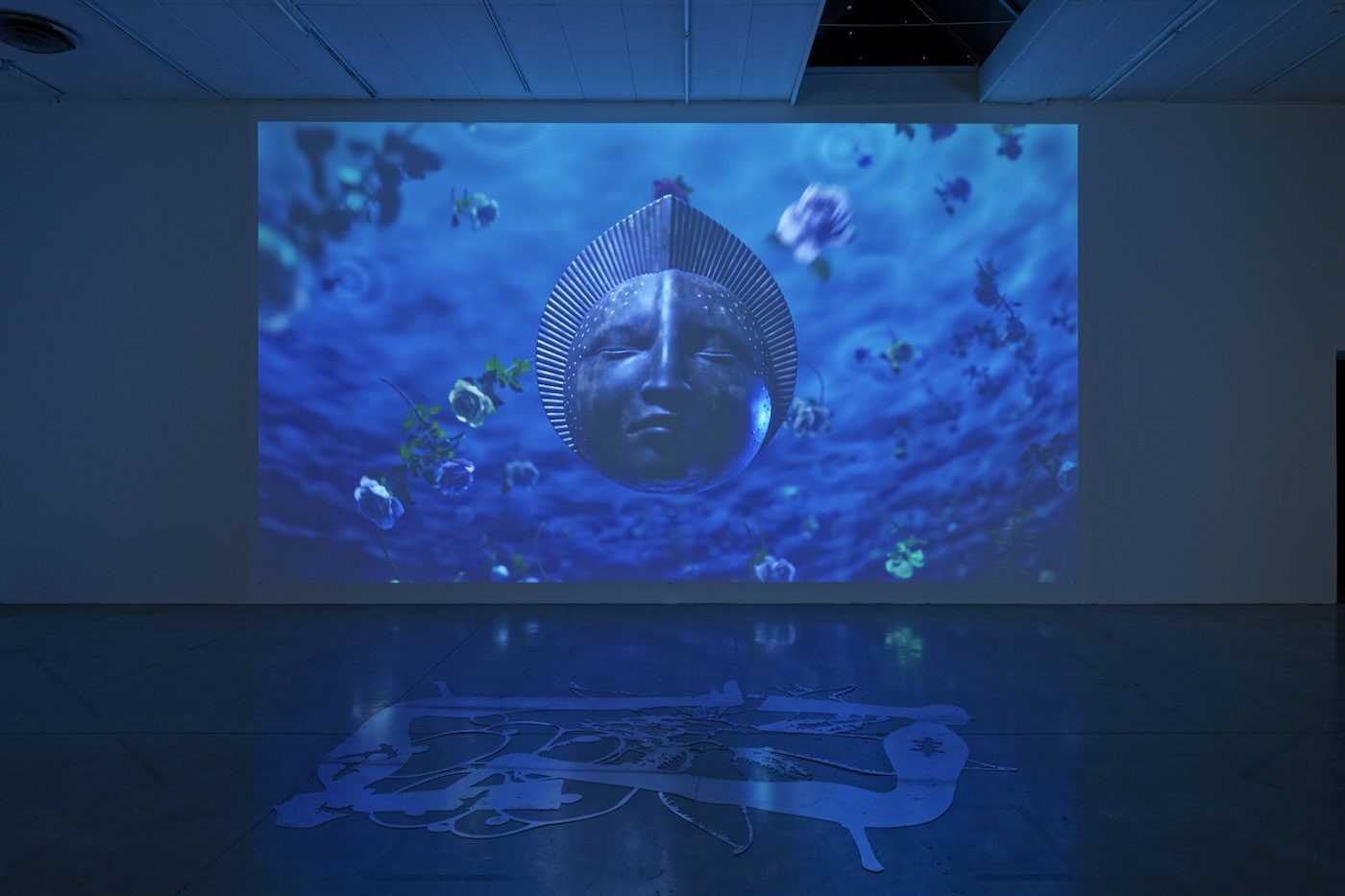
Julien Creuzet “Oh téléphone, oracle noir (...)”, exhibition view at Magasin CNAC, Grenoble, 17 November 2023—26 May 2024. Work on view: Julien Creuzet, “Zumbi Zumbi Eterno”, 2023, , et Study of two birds on the 14th meridian (…), 2022, Courtesy of the artist, DOCUMENT, Chicago | Lisbon; Andrew Kreps Gallery, New York; Mendes Wood DM, São Paulo, Brussels, Paris, New York.
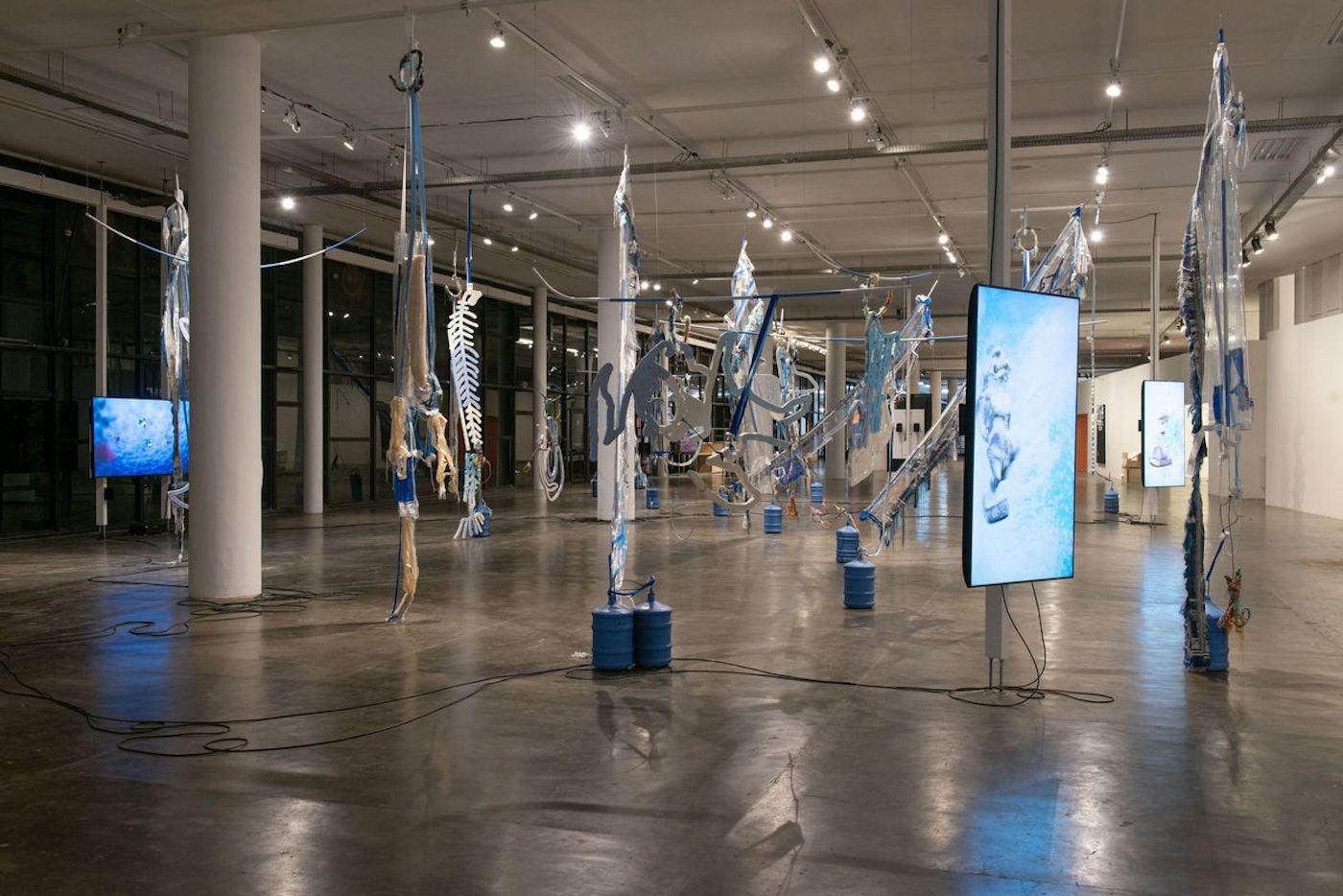
View of the work ZUMBI ZUMBI ETERNO, by Julien Creuzet, during the 35th Bienal de São Paulo – choreographies of the impossible © Levi Fanan / Fundação Bienal de São Paulo.
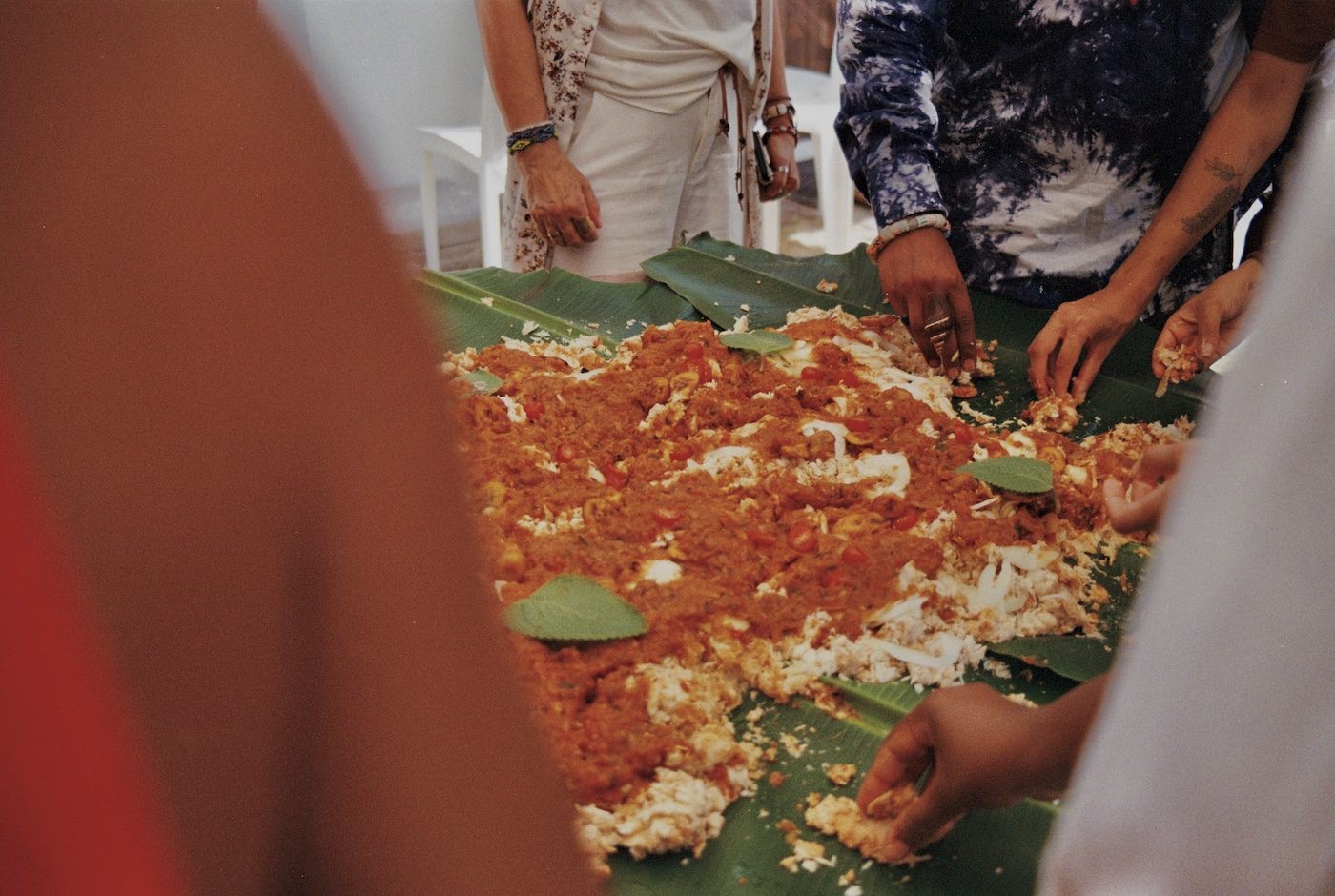
Communal eating of Trempage, a traditional Martinican dish, eaten by hand. Photo: Cristian Baena.
CB: I interpret and feel Julien’s work as a reconstruction of different worlds. It's as if the remains of an aged shipwreck begin to emerge and take on new meaning in the present. Glissant wrote, "I write in the presence of all the languages of the world." I hear an echo of this in Julien's work. As a Black Colombian who did not have access to art education, I wanted to understand how a person without an art education can relate and feel represented by Julien’s work and whether he is conscious of that question. In one of the conversations in Martinique, he explained that beauty is key and that everyone can understand it. But he also spoke about the generosity you just mentioned:
... within the question of beauty, there is also the question of generosity. Because everybody can understand when something is generous and when something is trying to be generous. And I'm sure that people who don't have an artistic education, when they see an installation, can have feelings of generosity. Maybe with something simple, maybe with color, maybe with music, maybe with some details of the work. And that for me is very important.
MGM: I think it’scurioushow little was shared verbally during the press conference at Glissant’s house in Le Diamant. That place, where thoughts around the need for opacity were born, poetically underlined Julien’s choice to share only scarce information about Venice. The most concrete shared, at least content-wise, was probably the title poem:
Attila cataract your source at the feet of the green peaks will end up in the great sea blue abyss we drowned in the tidal tears of the moon. (Listen to the title as presented by Creuzet in French below).
[audio m4a="https://contemporaryand.com/wp-content/uploads/2024/04/Atilla-cataracte-.m4a"][/audio]
Cindy Sissokho said that everything one needs to know about the exhibition in Venice is in the title. But it was also said that Venice began in Martinique. And that “it is about decoding and listening with intention,” urging us to embrace the vast depth of interpretation Julien’s work has to offer. The multiple collaborators Julien picked to support him artistically during the trip made it easier to delve into his imagination and stay focused on the now.
CB: These collaborators, poet Estelle Coppolani (Réunion), poet Simone Lagrand (Martinique), artist Victor Anicet (Martinique), artists Minia Biabiany (Guadeloupe), Valérie John (Martinique), and Christian Bertin (Martinique), and performance artists Annabel Guérédrat and Henri Tauliauti (Martinique), all represent different generations. The way Julien incorporated them into this trip can be seen as an artistic, critical, and political experiment.
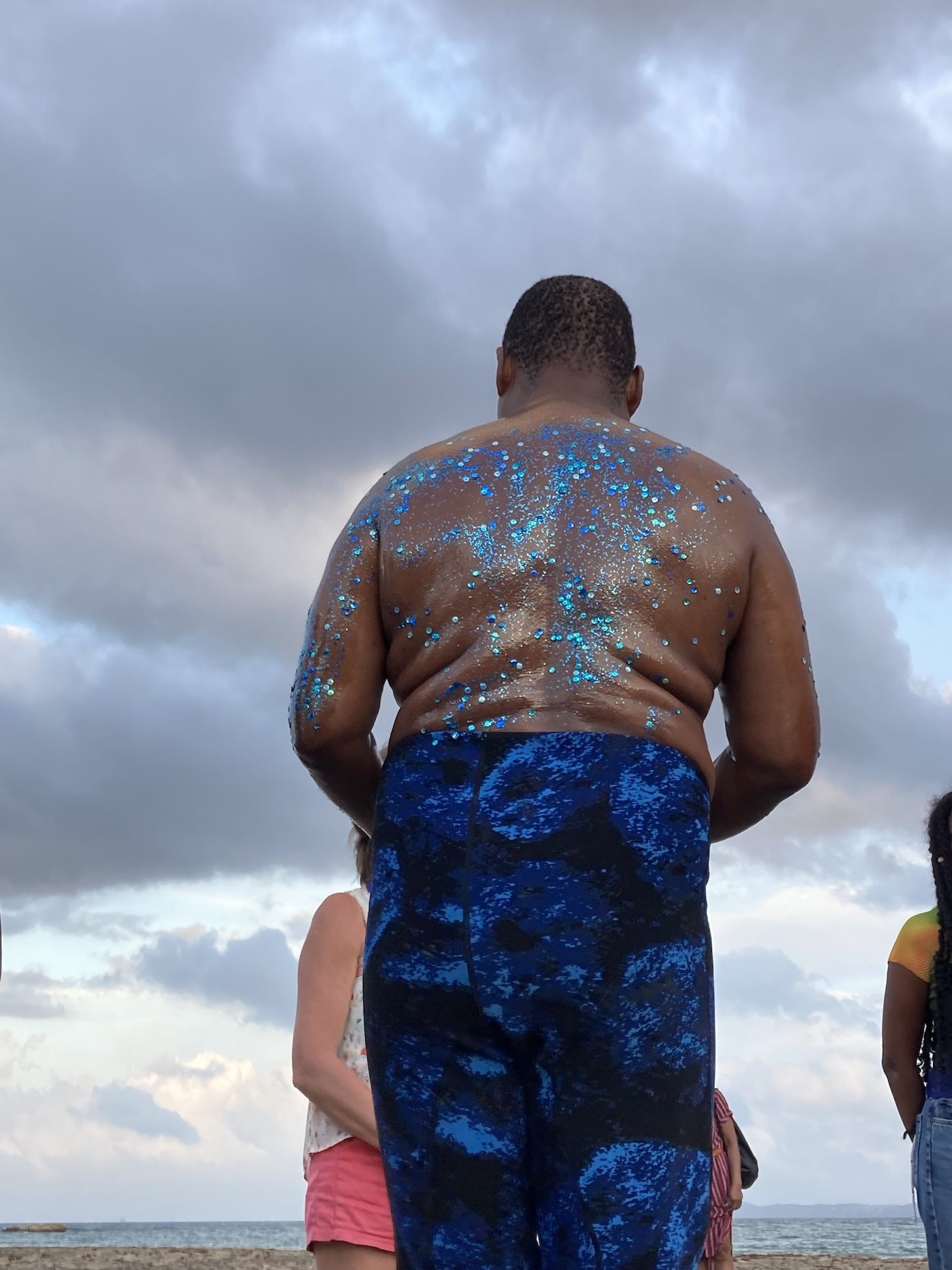
Annabel Guérédrat and Henri Tauliauti (Martinique) during performance. Photo: Marny Garcia Mommertz.
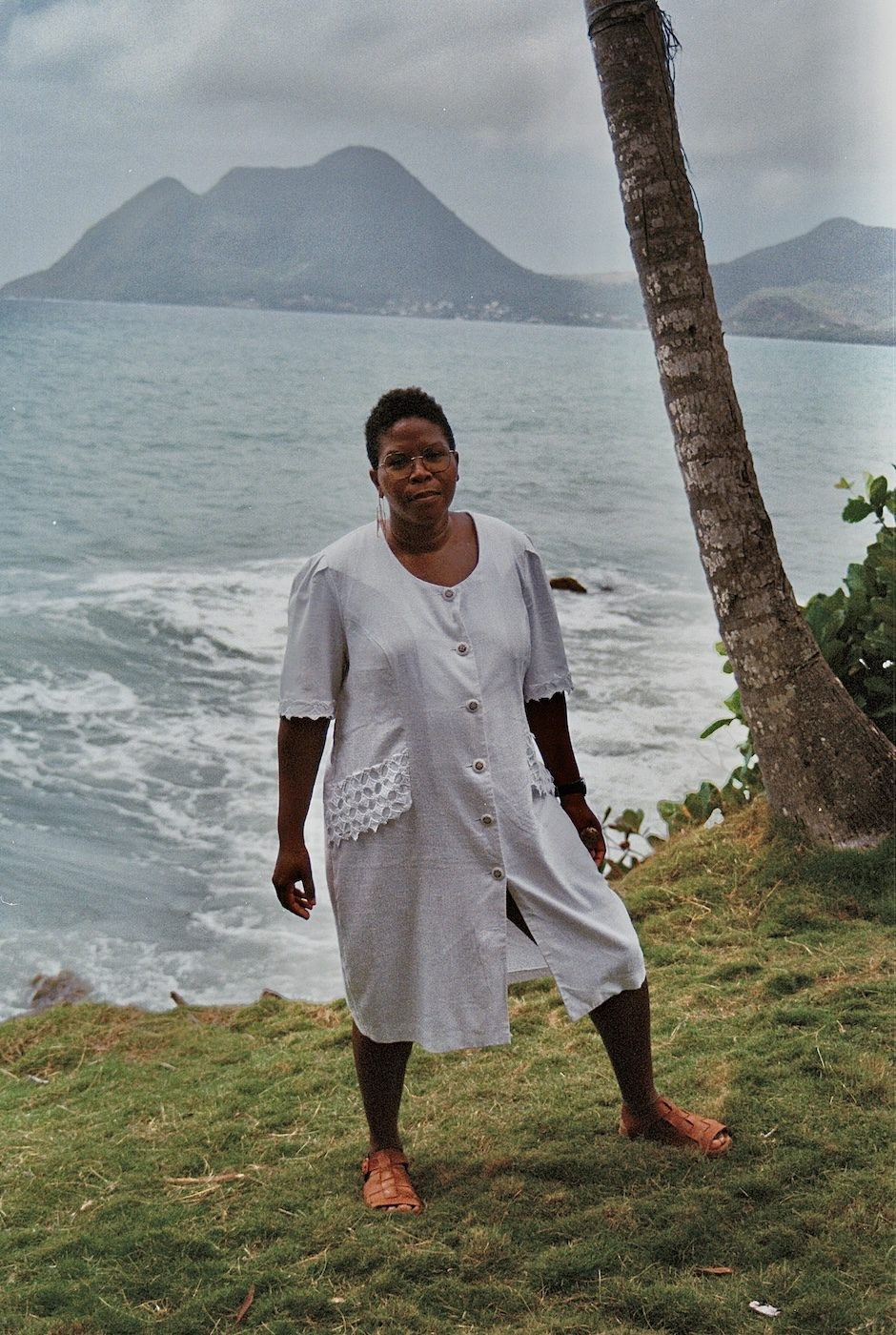
Simone Lagrand in Le Diamant, Martinique. Photo: Cristian Baena.
MGM: Yes, because he let their work speak and fill in the blanks of potential questions that we had. For example, Bertin’s work – I thought that some of his sculptures were reminiscent of Julien’s. You could tell how Bertin’s work, which is rooted ina practice of working with natural and local materials,has shaped him aesthetically
Lagrand made several poetic interventions. In one of them, a poem Pays-mêlé (mixed of chaotic countrry), at Schœlcher Library in Fort-de France, she explicitly spoke about the consequences and pain of colonialism – something that Julien had only done in implicit ways. And then we saw Biabiany's work at the foot of the Vulcano Montagne Pelée. I recently visited her in Guadeloupe and she made me understand how volcanoes are their own living entities in her practice. The understanding of elements of nature as living is very present in Julien’s work too. “Attila cataract your sources…”
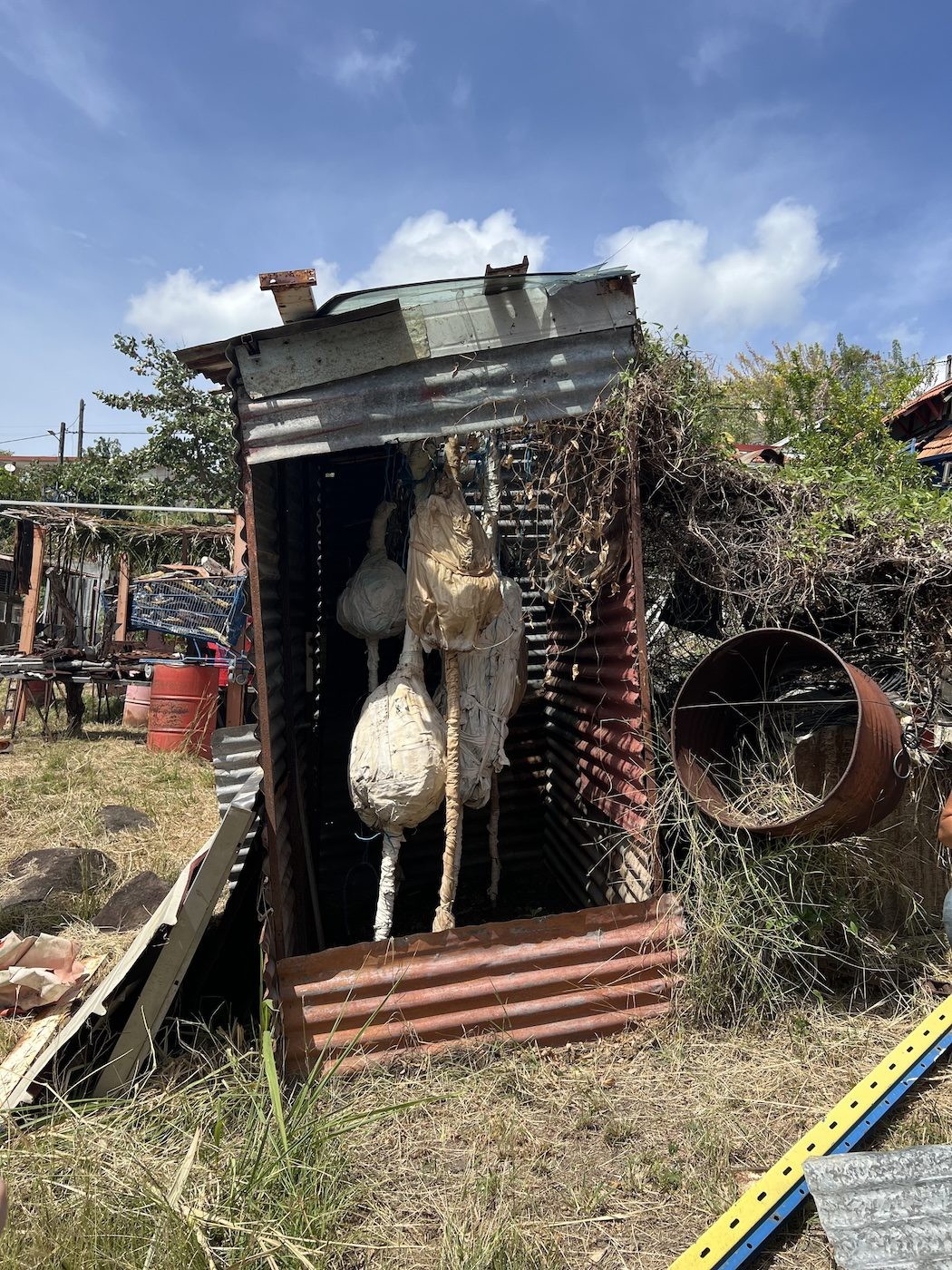
Sculptures in Christian Bertin’s outside studio in Martinique. Photo: Cristian Baena.
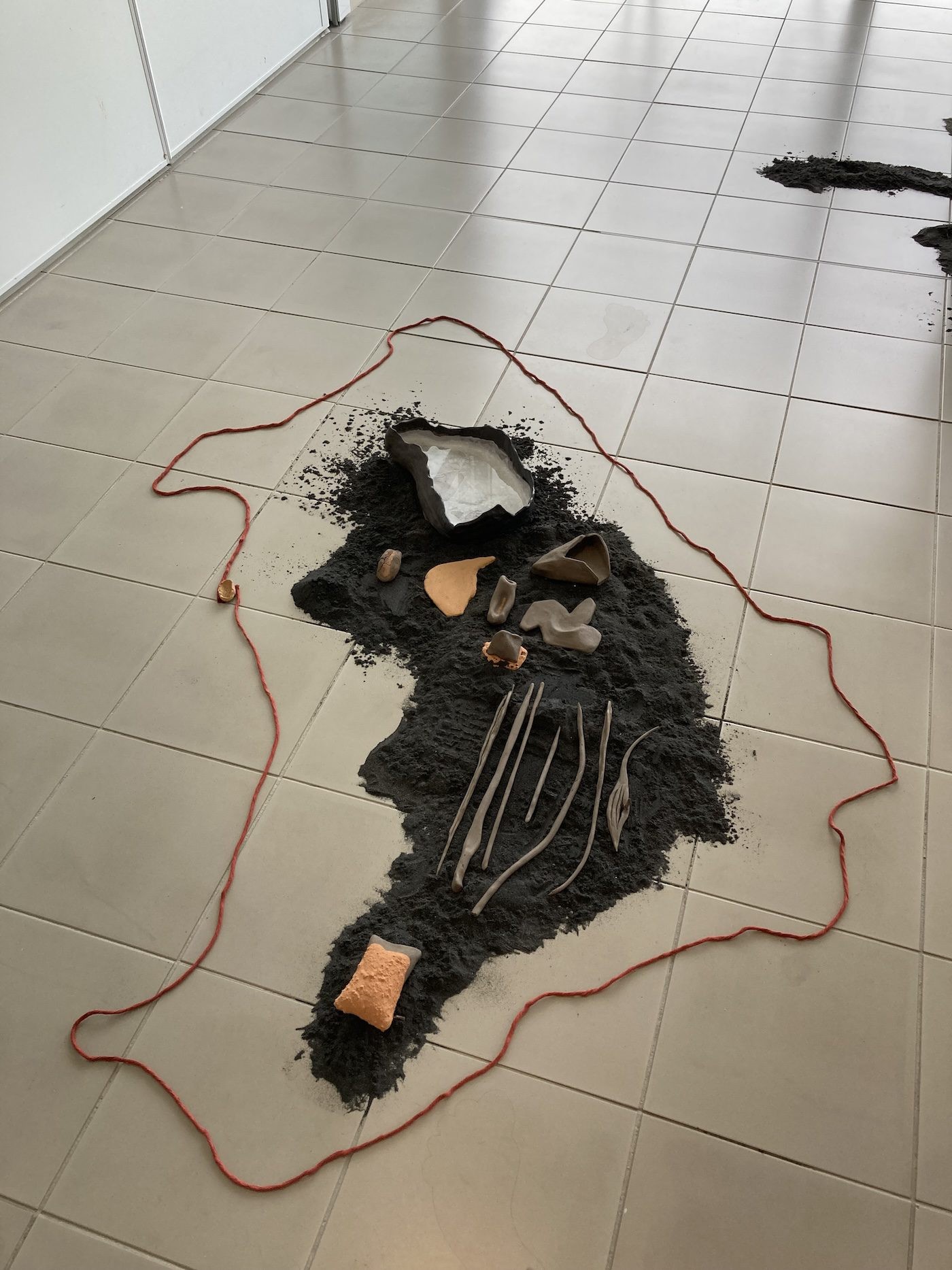
Minia Biabiany at Volcano Pelée at an art residency in Stop Pierre. Photo: Marny Garcia Mommertz.
CB: I speculate that in Venice, the sea will be the protagonist, a living territory that separates these different worlds that Julien dominates in his work.
It was my first time visiting Martinique and a French ultramarine department. Yet it felt familiar. It’s a place that I immediately associated with parts of the so-called continental Latin American Caribbean that I have lived in. I experienced Martinique as a place carrying a great colonial memory that persists in aspects of everyday life such as policies, taxes, and limitations. They appear to prohibit and regulate access to other worlds and the privileges of a “modern and globalized society.”
Going back to Julien, I see that in this context of territory, his work can be interpreted as an epigraph of his own territory and the transatlantic exchanges between France in the European continent and the France that Julien shared with us. He is constantly working to make his center the center of his world. He is not afraid to be strange.
Artist and long-term collaborator Anna Pi sitting in front of Victor Anicet’s stained windows at Cathédrale de Saint-Pierre, Martinique. Photo: Marny Garcia Mommertz.

Julien Creuzet, Céline Kopp, Cindy Sissokho at the press conference in Le Diamant. Photo: Cristian Baena.
This text was produced with the support of theCaribbean Art Initiative.
Julien Creuzet is a plastic artist working with sound, sculptures, film, and other media. His studio is currently in Paris, France and where he also teaches at l’Université des Beaux Arts.
Marny Garcia Mommertzis a writer and artist interested in experimental forms of archiving in the Diaspora. Currently, she researches the life of Black survivor of the Holocaust and artist Fasia Jansen. She works as managing editor for C& América Latina.
Cristian Baena Cera, Afro-Caribbean, born in Colombia with Lebanese lineage. Artist, journalist and researcher of visual culture, based between Mexico City and Los Angeles, California. His vision of the visual arts has been based on decolonial thinking, the questioning of the structural and hegemonic processes of the Caribbean and the Afro memory of his country. He also mimes the influence of war in the construction of narratives of power and racism. His work mixes journalistic essay, photography and ethnic-editorial. He represents stories about race, bodies, territories, gender and design as a way for social impact. He edits and writes content for the social media accounts of C& América Latina and C&.
Read more from
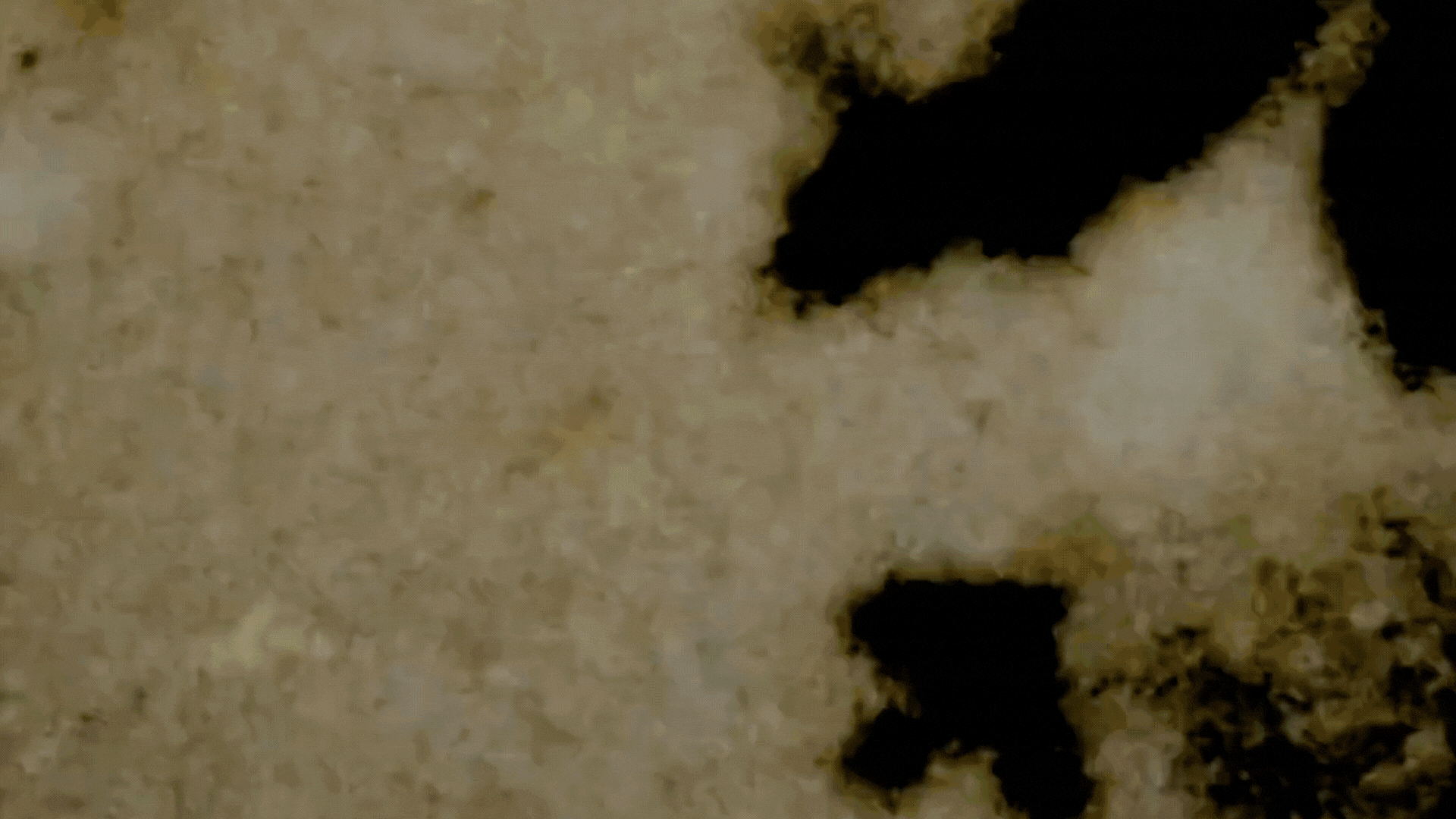
On Ghosts and The Moving Image: Edward George’s Black Atlas

Confronting the Absence of Latin America in Conversations on African Diasporic Art

On Exile, Amulets and Circadian Rhythms: Practising Data Healing across Timezones
Read more from
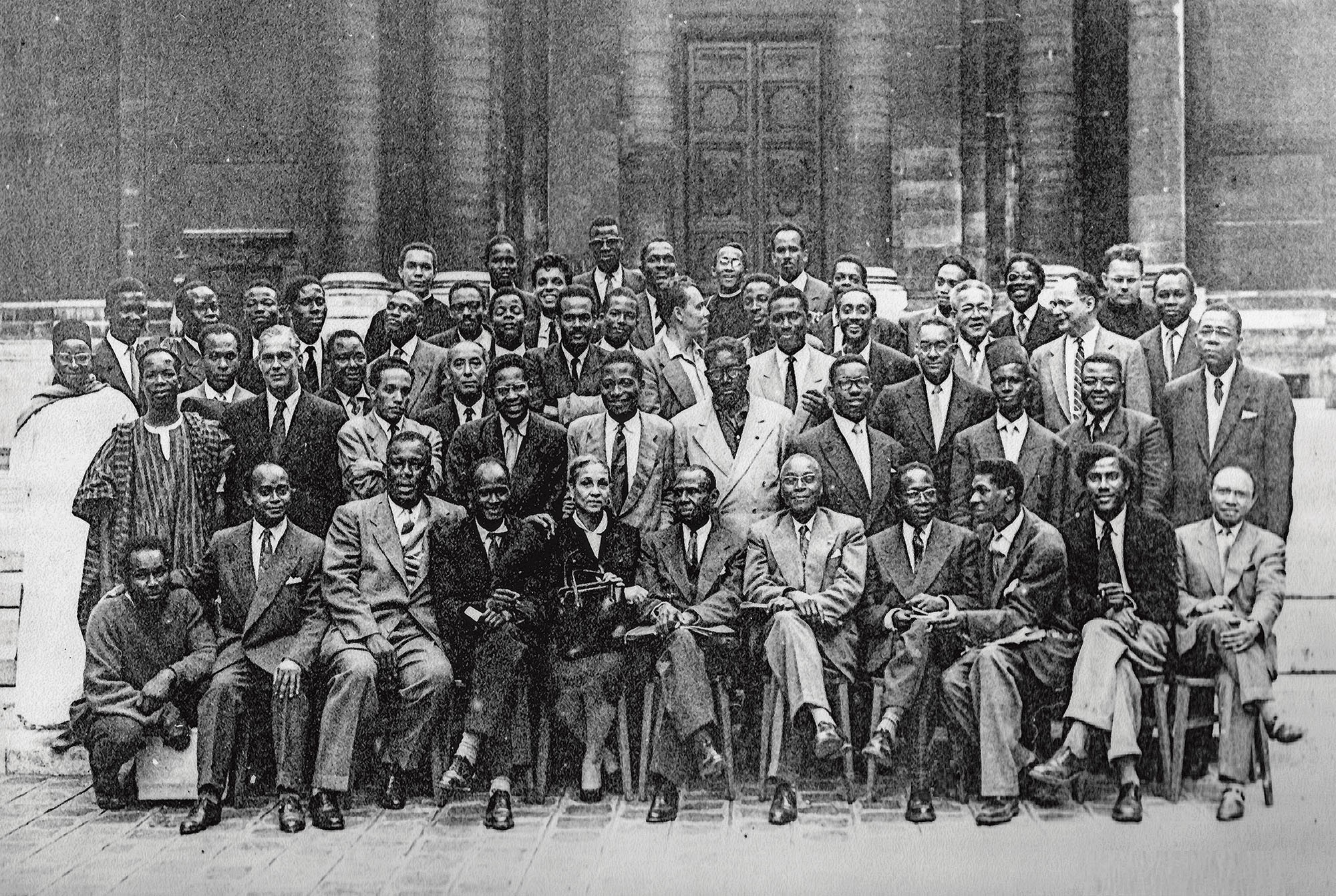
Paris Noir: Pan-African Surrealism, Abstraction and Figuration
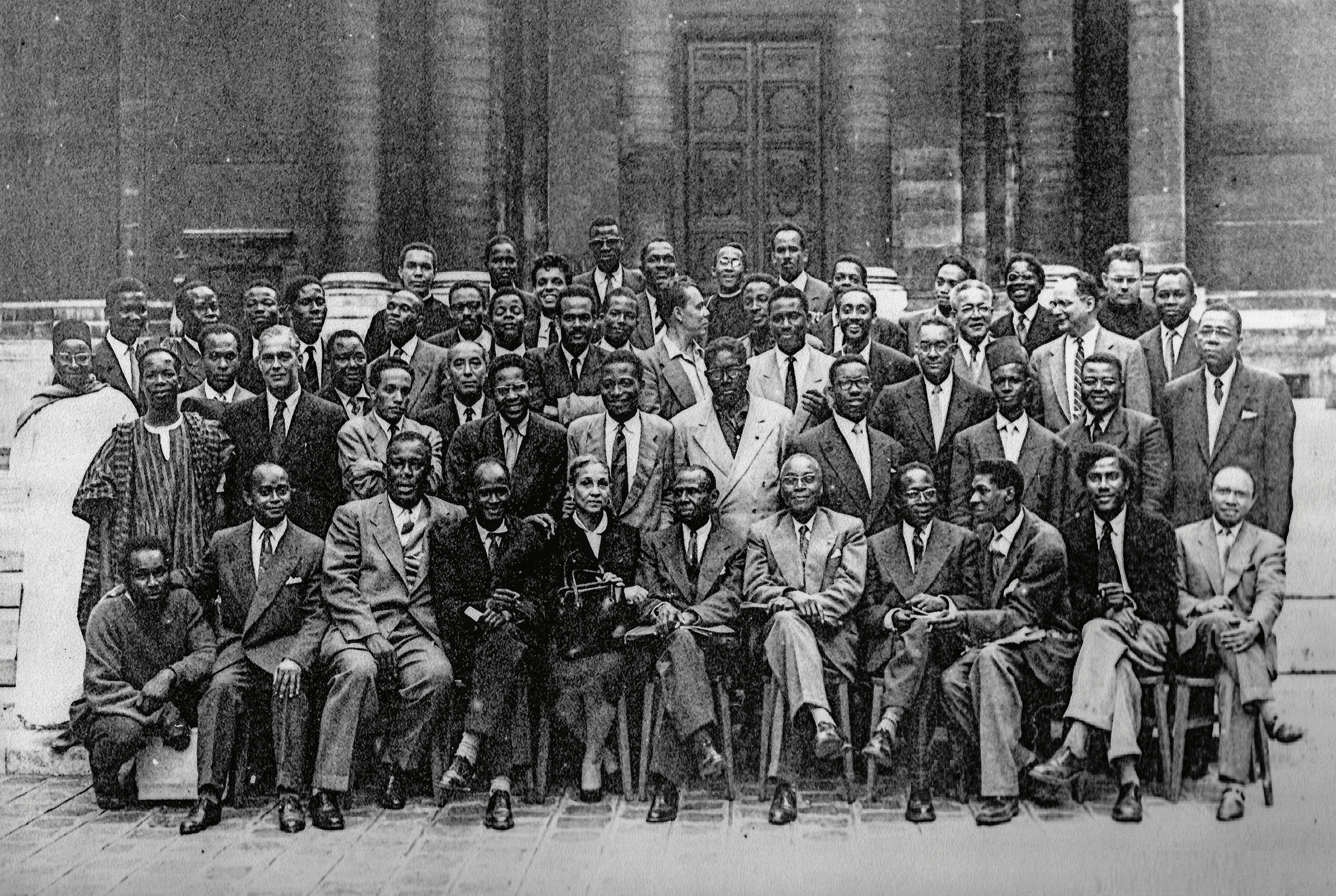
Paris Noir: Pan-African Surrealism, Abstraction and Figuration
